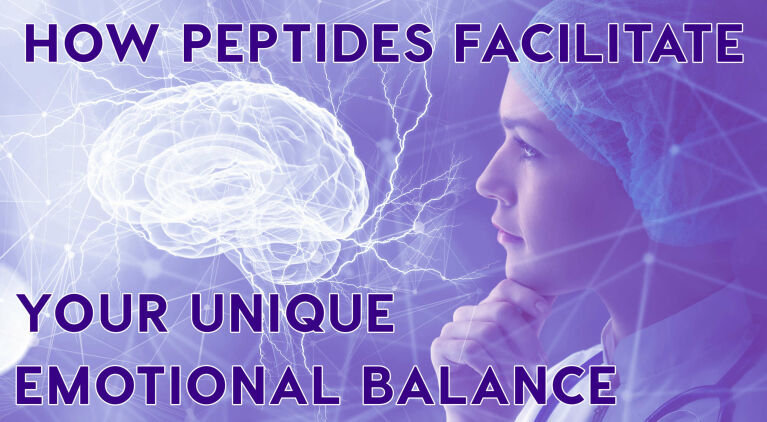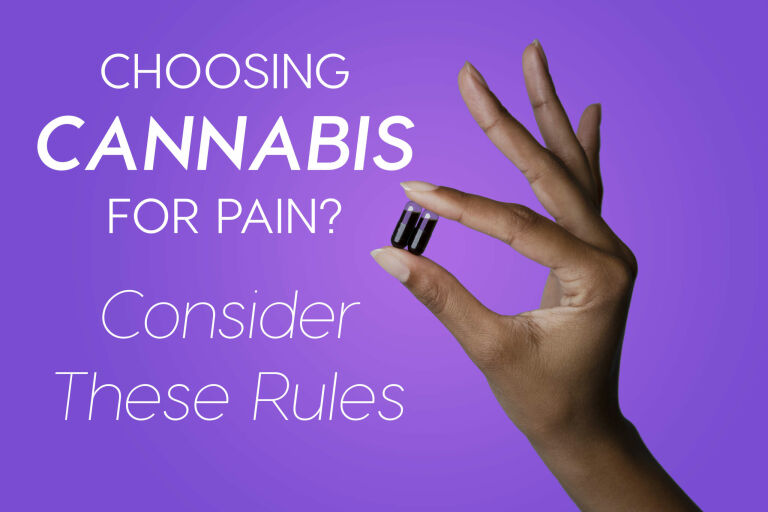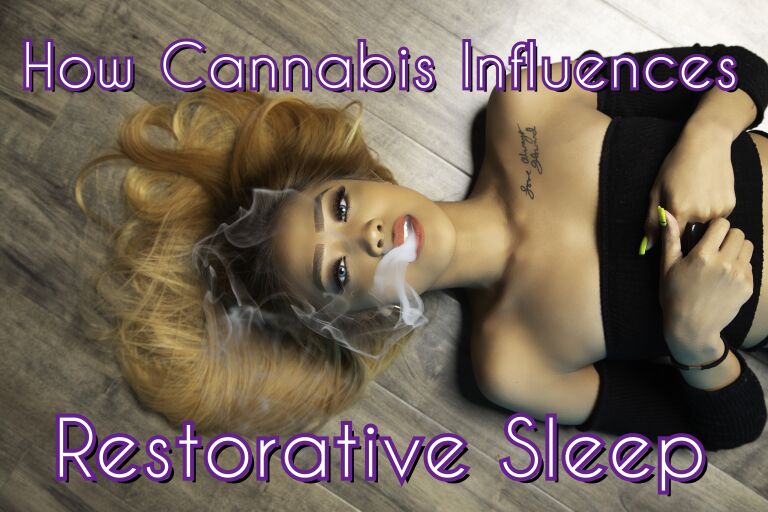In 1940, Roger Adams became the first scientist to extract the molecule of cannabidiol (CBD) from cannabis, but he had no idea what it was he found.
Twenty-four years later, Raphael Mechoulam and his team of researchers in Israel not only identified and described CBD, they went to work testing it out on primates. By 1980 Mechoulam had teamed up with Brazilian researchers to run the world’s first double-blind testing to treat intractable seizure disorders.
Every single one of the 16 participants had positive results. Mechoulam submitted their paper of the findings……and it was pretty much ignored for two decades.
That’s hard to believe in the CBD-saturated world we now call home. There’s barely a small town in America where it isn’t available in one form or another. In a largely unregulated market, you can purchase flowers, extracts, oils, capsules, tinctures, lozenges, drinks, and topicals to soothe the aches and pains of life.
The downside? An unregulated market means you’re open to fraud, possibly the best reason I can offer to shop in a legal dispensary like THCSD.
In the years since high-CBD cannabis first became available to the public, we’ve learned a lot about using it more effectively.

CBD: The multitasking molecule
Your cells run on signals that create cascades of molecular change, keeping individual cells humming along in close communication with neighboring cells and the body at large.
There can be many thousands of specialized receptors on any cell membrane, each responsive to very particular signals.
THC activates endocannabinoid receptors, most often CB1 receptors in the central nervous system.
What makes CBD so exciting to work with is its interaction with cell receptors and ion channels other than those expressed by the endocannabinoid system.
To date, we know of at least 65 different receptors that it interacts with, including TRPV1, which influences pain perception. Its multitasking abilities increase CBD’s medicinal value.
What influence can it have on the cells?
Here’s a very partial list of its busy work:
- Increasing the number of available endocannabinoids by blocking the enzyme that degrades them.
- Reducing the inflammatory response and helping to clear out the molecular clutter inflammation leaves behind.
- Limiting the aging effects of oxidative free radicals.
- Tempering the severity of, reducing the incidence of, or completely halting seizure disorder episodes (with proper dosing).
- Profoundly and positively affecting expressions of anxiety, depression, and psychosis.
- Strengthening the immune response to invasive bacteria.
- Helping the ECS restrict the growth, migration, and proliferation of cancer cells.
- Blocking the breakdown of endocannabinoids, increasing the number of active signals to augment healing potential.
- Interfering with the enzymes that transform delta-9 THC into its more potent metabolite 11-hydroxy THC, thereby reducing the intensity of THC’s euphoria and the sleepiness that sometimes accompanies THC use.
- Protecting neurons from damage.
In an interesting quirk, it doesn’t even directly bind to either endocannabinoid receptor. However, it manipulates CB1 receptors so that THC can’t bind well with them, which is another reason why you’ll soften the buzz by including some CBD with your THC formulations.
Put simply, CBD allows the buzz to be less euphoric but longer lasting.

Who gains the most from it?
There’s a good argument to be made that in this stressed-out world of ours we would all gain from including CBD in a daily regimen, but it’s obvious some of us could use a little more help from this signaling powerhouse.
The patients that seem to get the most benefit are those who:
- seek to limit the high THC brings with it.
- are hoping to find relief from inflammation.
- are treating any number of autoimmune diseases.
- live with the challenges of seizure disorders.
- are treating cancer.
- suffer from gastrointestinal conditions.
- struggle to balance anxiety, depression, or psychosis.

We do have a few special considerations to keep in mind when using CBD.
- Medical marijuana CBD, with its rich diversity of entourage components, is preferable to hemp-based products that often lack such complexity.
- It can soften some of the effects of THC, like euphoria, hunger, rapid heartbeat, and paranoia.
- A cannabis medicine much higher in CBD with low THC will usually not be noticeably psychoactive unless you’re using very high doses.
- It is more effective when it’s working with other cannabinoid partners, in particular THC. Even a small amount of THC in a high-CBD medicine will make a significant therapeutic difference, and vice-versa.
Clinical data continues to show that most patients with chronic pain respond best to a 1:1 CBD:THC formulation.
The ever-expanding line of available high-CBD options
In 2008, California labs were happy to find medical marijuana with at least 4% CBD in harvests that had been bred for underground markets to express mostly THC. Things have dramatically changed, and breeders are creating delicious new plants with much higher percentages.
Last week I received delivery of CBD-dominant flowers testing in the range of 10-11+% CBD with less than 3% THC, and including a wide range of minor cannabinoids. The dried flowers were colorful, fragrant and sticky as can be, all good signs of excellent medical potential.
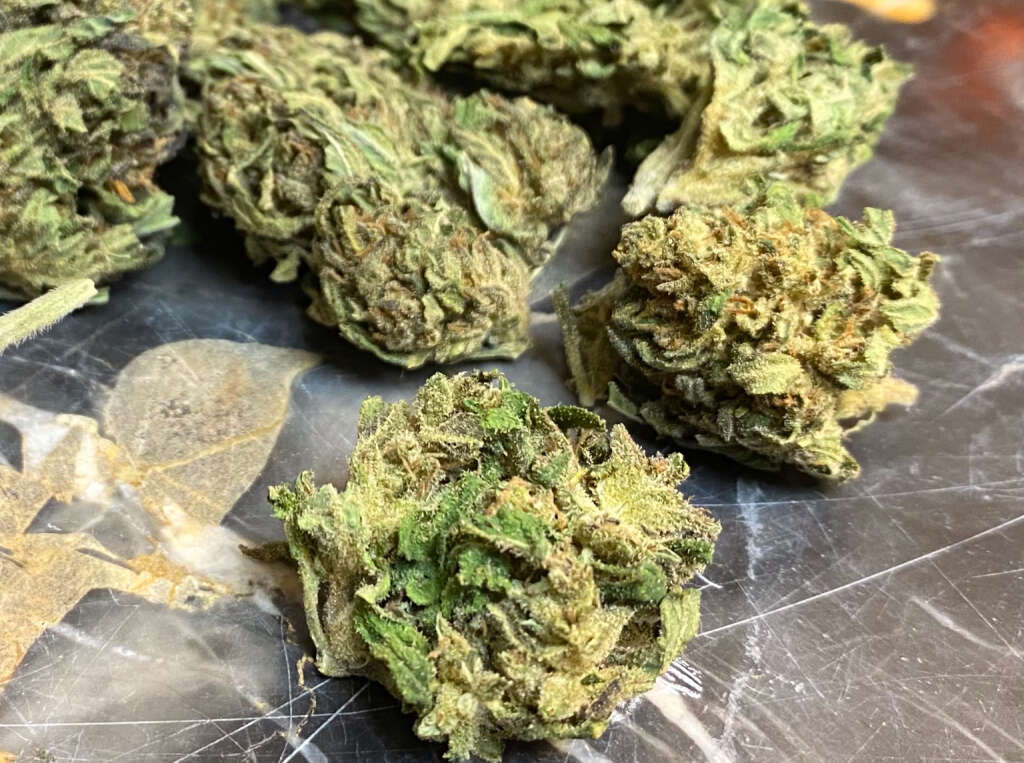
For the consumer treating any number of disease states that express painful inflammation, this improvement in market options is a godsend.
I’ve been turning mine into infused oils to share with friends living with too much stress and pain, and experimenting with both smoking and ingesting edibles prepared with this plant material.
With more high-CBD cannabis plants available, it will be the first or second most prominent cannabinoid available in a plant’s essential oil. Unlike THC, it won’t get you high, although at a proper dose for your body it will likely reduce your stress levels and leave you with a feeling of well-being.
It can be a safe entry point to cannabis therapies for those cautious about getting high.
A fun fact: Your body can’t transform THCa into THC on its own, but it will transform CBDa – the molecule the plant actually creates – to CBD. Eating or juicing raw plant material with CBDa increases cannabidiol levels in the body.

How is CBD working in the real world?
So much of what we hope it can do has been demonstrated through research on animals and in Petri dishes, but there’s enough use by the general public going on that we’re beginning to witness the potential in our own lives.
I have reports of CBD-influenced relief coming back from friends scattered around the globe who’ve joined me in an exploration of the healing potential of this busy molecule.
- A former football player now coaching youth programs regularly uses a powerful topical cream to manage knee joint pain.
- Friends relate numerous accounts of reduced anxiety and depression, allowing them to reduce unpopular pharmaceutical drugs.
- One friend used high-quality CBD oils to escape the horrors of opiate addiction. By his estimation, CBD oil concentrates reduced his pain by 75%, and when he added THC into the mix it reduced the rest of his pain perception to near zero.
- A senior with anxiety issues, dosing with decarbed and finely-ground CBD flowers added as a powder to her liquid drinks during the day, is finding the sleep she so desperately needed. Note: CBD too close to bedtime can be more alerting than you planned. I try to schedule my last dose earlier in the evening.
- I’ve personally used it to soften an overwhelming response to too much THC. Two small hits was all it took to bring my overdose back to a manageable level.
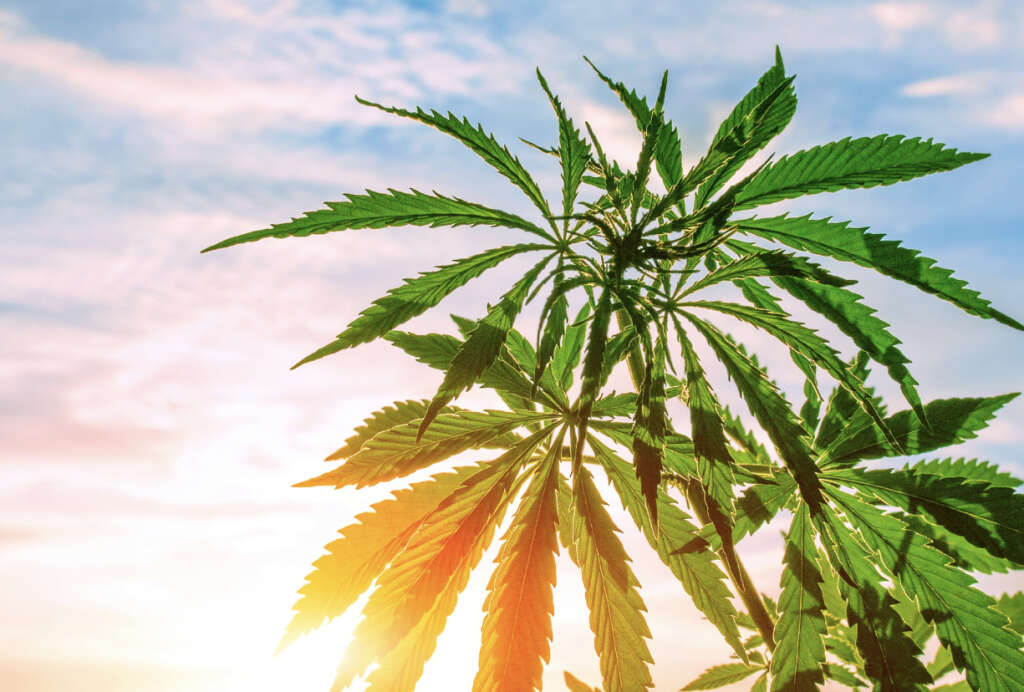
Looking ahead
We’re still at the beginning stages of cannabis sciences. Continuing research suggests we have years of exciting possibilities ahead.
There’s growing evidence that CBD and CBDa can someday be used to manage diabetes.
Studies pinning down its effects on various cancer cell lines are ongoing in a number of countries.
Researchers are searching for ways to harness its antibacterial effects to put down antibiotic-resistant strains.
In Israel, CBD is used with first-response medications for heart attack and stroke victims, to protect the central nervous system. We can only hope that this protocol gets repeated across the globe as cannabis gains acceptability.
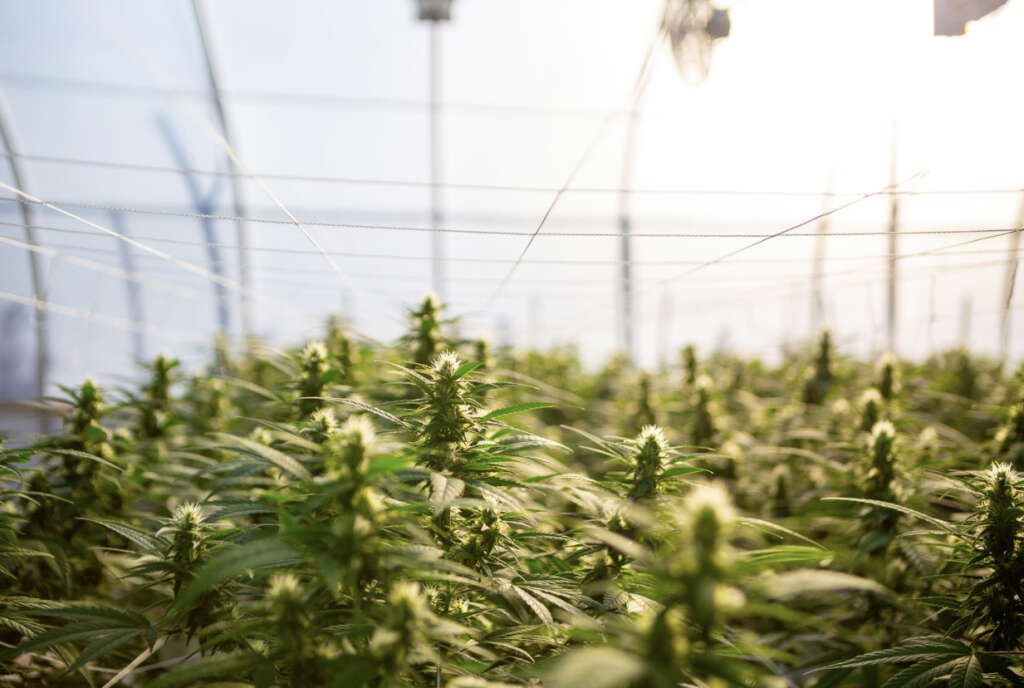
CBD has rocketed from a virtual unknown molecule to one of the most celebrated and sought after medicines in the last 80 years.
From the perspective of this cannabis enthusiast, the growing popularity of CBD products suggests the world is getting ready to experience a wave of healing the likes of which we haven’t seen in generations, as we relearn the gentle art of cannabis dosing with the added benefits of CBD.
Nontoxic, non-addictive, and a multitasker to the extreme, just about any cannabis regimen will improve with its addition.

